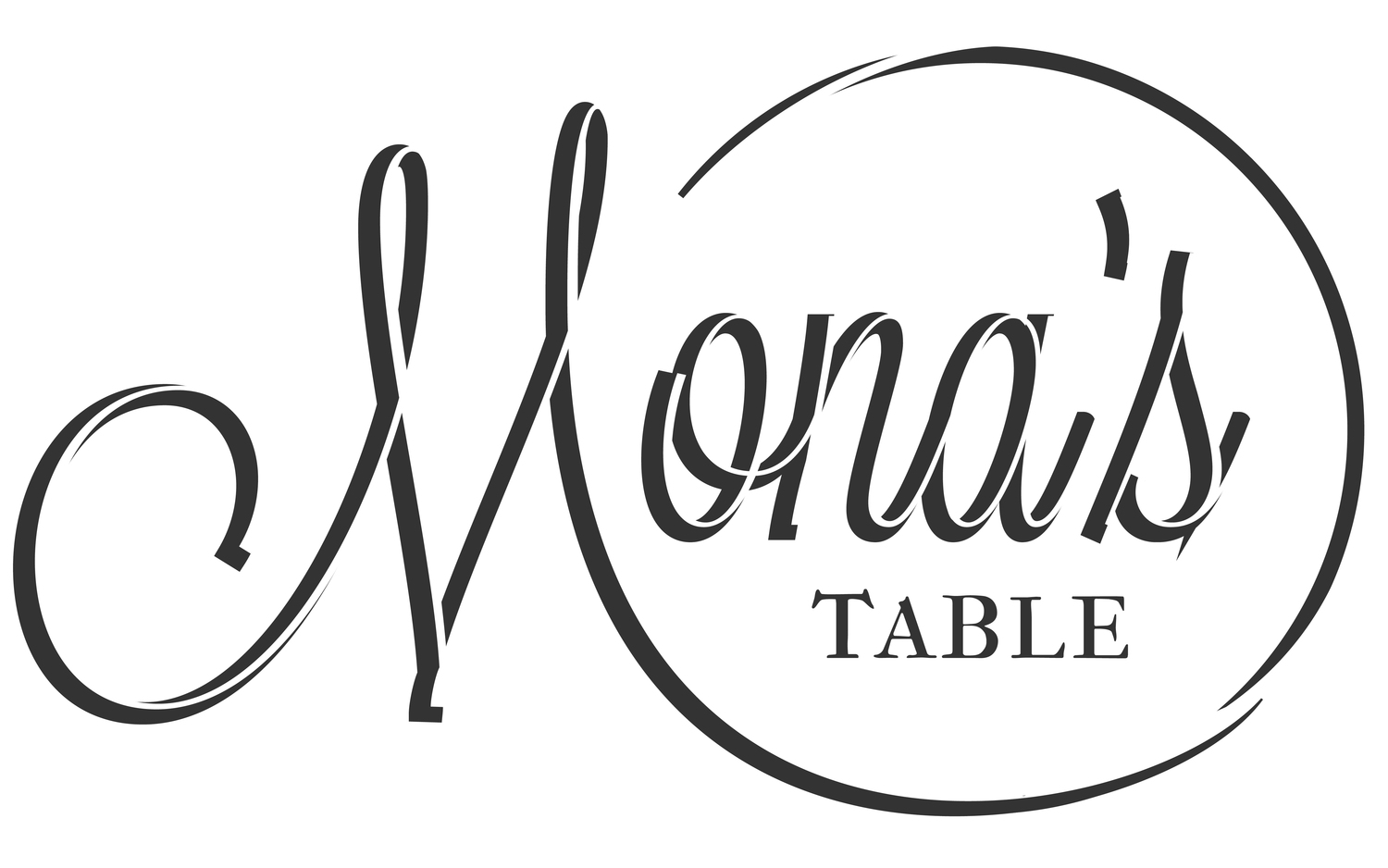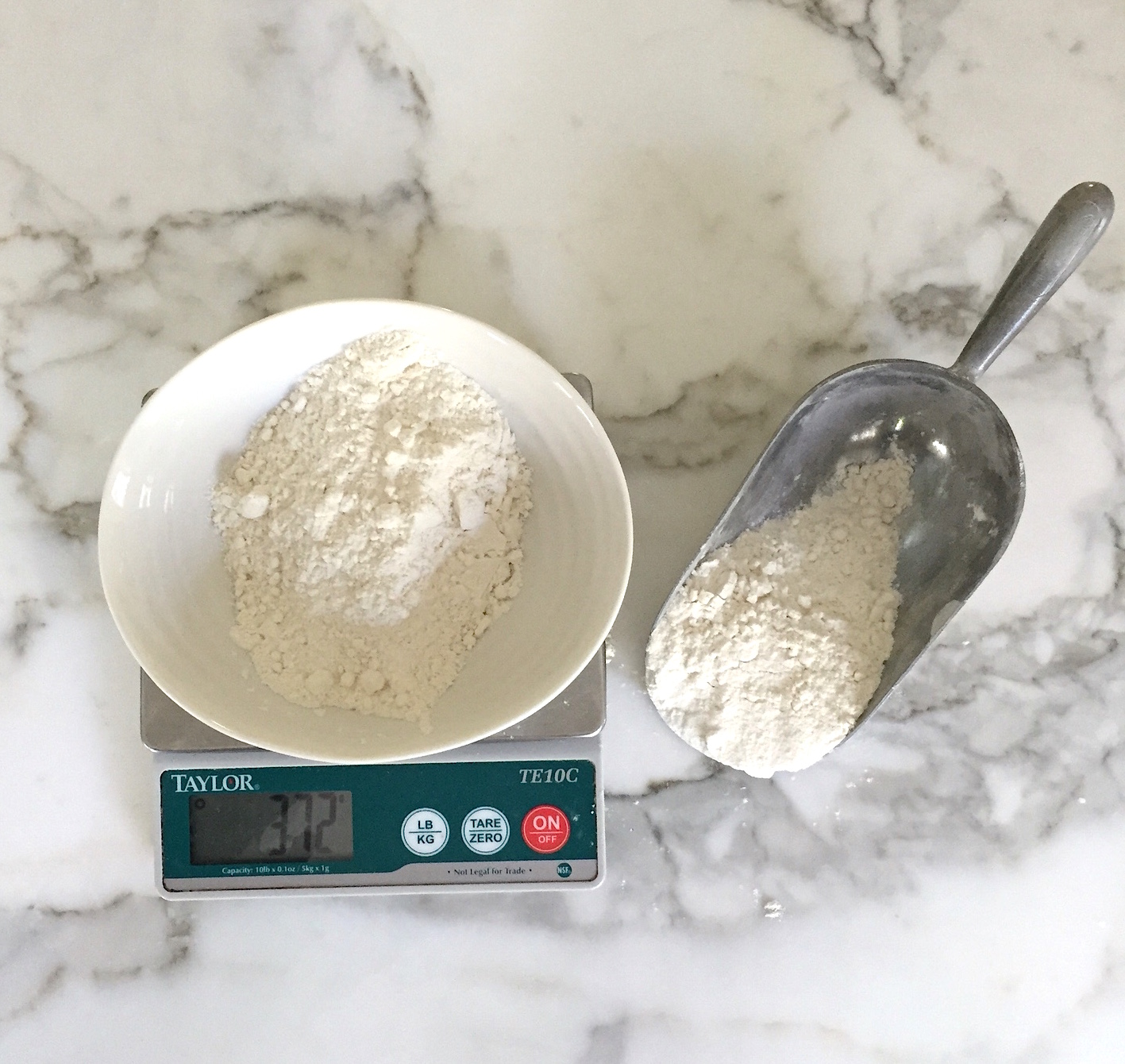Mona’s Table will not only be about baking, but baking is what I am trained in and it is my first kitchen love. Part of why I love baking is because is it such a beautiful mix of art and science (remember me with the two science degrees). Science is everywhere, even in cooking, but in baking, mess with the science are you are unlikely to have the results you are expecting!
Here are a few simple guidelines that respect the science. Following these will help you make the most of the baking recipes that will be showing up in this blog (or at one of our in-home classes).
Use a scale - This is the first thing they teach you in pastry school (ok, maybe the second thing after washing your hands). Depending on the brand, a cup of all-purpose flour can weigh between 112 and 126 g (4 – 4 ½ ounces). This weight difference can further be influenced by how packed your flour is and how you measure it out. This difference is enough to give you inconsistent results.
Scaling your ingredients also makes baking easier as you can simply reset you scale after each ingredient (also known as “taring” your scale for you science types) and weigh the next. No measuring cups or spoons to wash!
I will post recipes with volume measures (cups, tablespoons, and teaspoons) but using a scale will improve your baking, so if you love to bake and don’t have on, put it on your Birthday or Christmas list!
Use unsalted butter – Unless specified, all my recipes use unsalted butter. This allows us to control the salt in the recipe. Also, unsalted butter does not keep as long as salted butter, so this helps ensure you are getting the freshest butter for your baking.
Use salt –Although the amounts are usually small in baking, do not be tempted to skip it. Salt enhances the flavour of other ingredients and keeps sweets from tasting flat. It also is a component of some of the chemical and biological reactions that happen in baking. It provides colour to baked goods, and the salt in yeast recipes is critical in controlling the fermentation of the yeast.
Use ingredients at the right temperature – All ingredients used for a baking recipe should be at room temperature unless otherwise specified (like when making pastry dough). Most baking involves forcing together fats and liquids. These items come together much better if they are at room temperature and at the same temperature.
Use real vanilla – You baking is only going to be as good as the ingredients going in. Vanilla is probably the most common flavouring in our baking. It is not only a beautiful flavour on its own, it enhances other flavours (just like our salt). Pure vanilla extract has a warm, floral flavour, nuances that just don’t exist in the imitation stuff.
I will get into more of the science in some of my upcoming posts, but if you have a question, please ask! The more you understand why we do certain things the better baker and cook you will become!
Dybosia!




